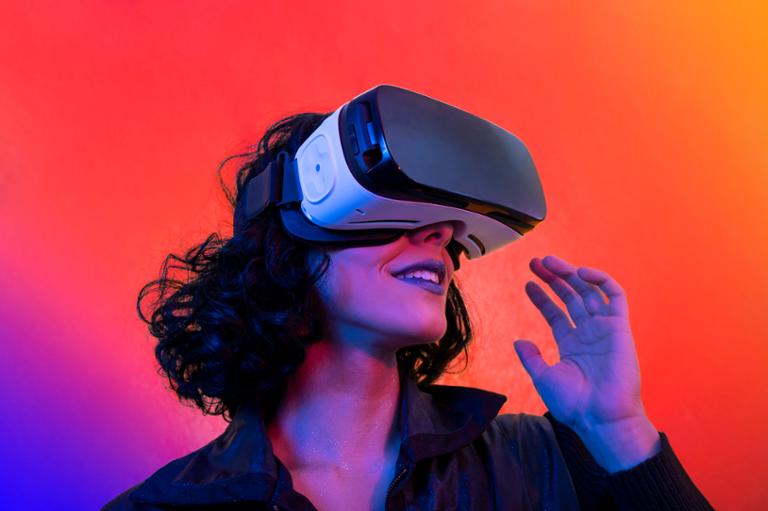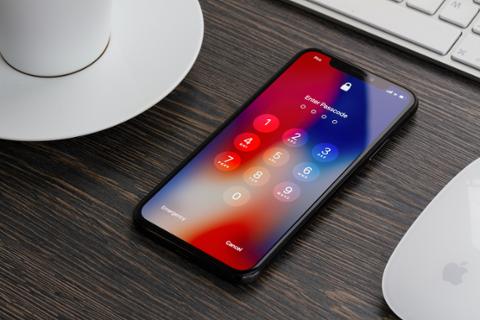If you’re interested in developing apps and services for virtual reality (VR) and augmented reality (AR), you’re no doubt curious about Apple’s long-rumored “mixed reality” headset, which may combine AR and VR functionality when it debuts sometime this year.
What kinds of apps will the device actually run? According to a new Bloomberg report, Apple plans on an ecosystem of apps around everything from fitness to sports and gaming. Moreover, the hardware will supposedly support existing mobile apps with some slight code tweaks.
For those who think wearing a headset over your eyes is the perfect way to crunch a spreadsheet or write a document, the Apple device will supposedly deliver on that front. “The platform will support its Pages word processing, Numbers spreadsheet and Keynote slide deck apps, as well as iMovie and GarageBand for video and music production,” Bloomberg noted.
Whenever Apple’s device hits the market, it could face quite a bit of competition from existing AR and VR products, including Meta’s line of Quest VR devices and ByteDance’s Pico line. If Apple rolls out its headset at its rumored $3,000 price point, it could have difficulties competing against that lower-priced hardware—but then again, Apple has a history of successfully selling devices at an ultra-premium price. The bigger question is whether a headset at that price will attract enough users to attract developers’ time and attention.
For app developers and software engineers, particularly those already working extensively with iOS, Bloomberg’s report offers some kernels of very good news. If Apple is truly focused on making its headset compatible with the current iOS ecosystem, it could make things a lot easier for developers to port over their apps—opening a whole new market in the process.
If you’re totally new to iOS and want to eventually work with AR/VR, start by building your familiarity with RealityKit, Apple’s AR tooling platform for motion capture and people occlusion (i.e., evaluating the relative positions of virtual objects and actual people); Apple has been encouraging developers to play around with it since WWDC 2019. There’s also ARKit, which allows developers to create AR experiences for their iPhones and iPads, and could be easily tweaked for AR/VR glasses of some kind. While Apple hasn’t revealed anything about the headset’s developer tools, there’s a good chance that development will involve RealityKit and ARKit in some way.



